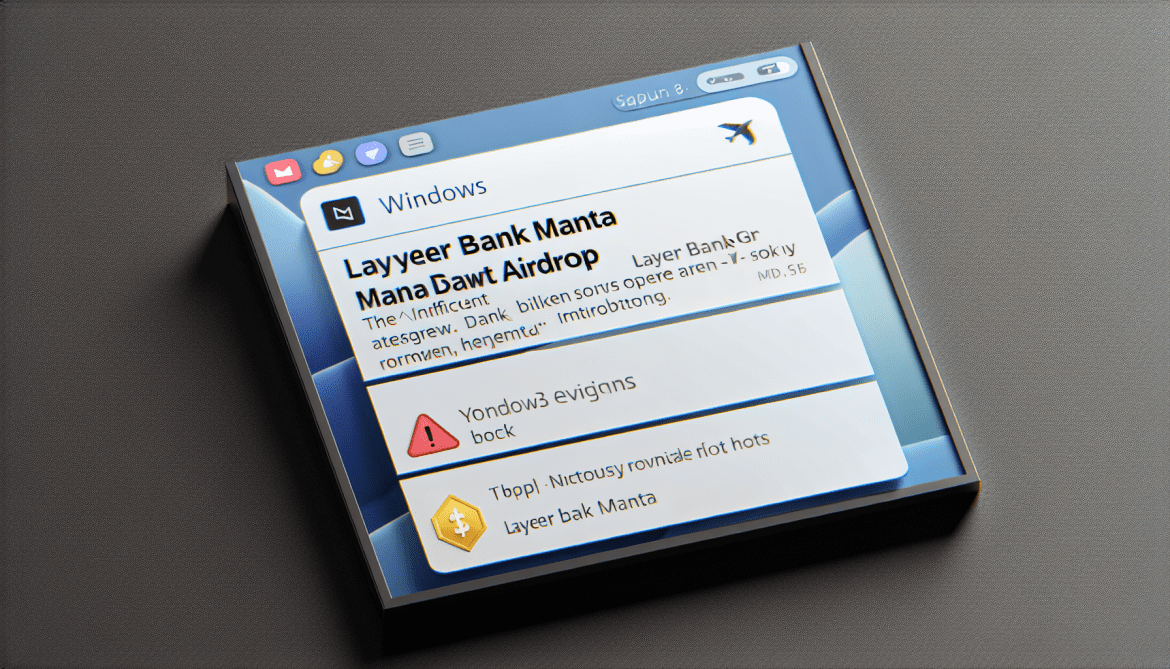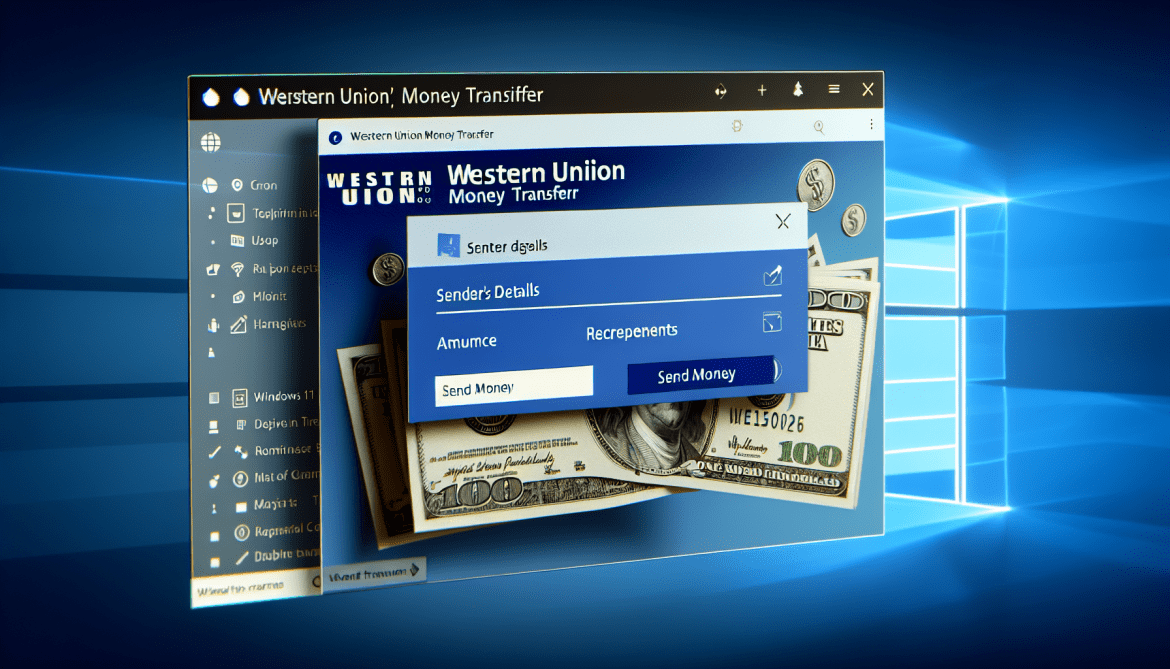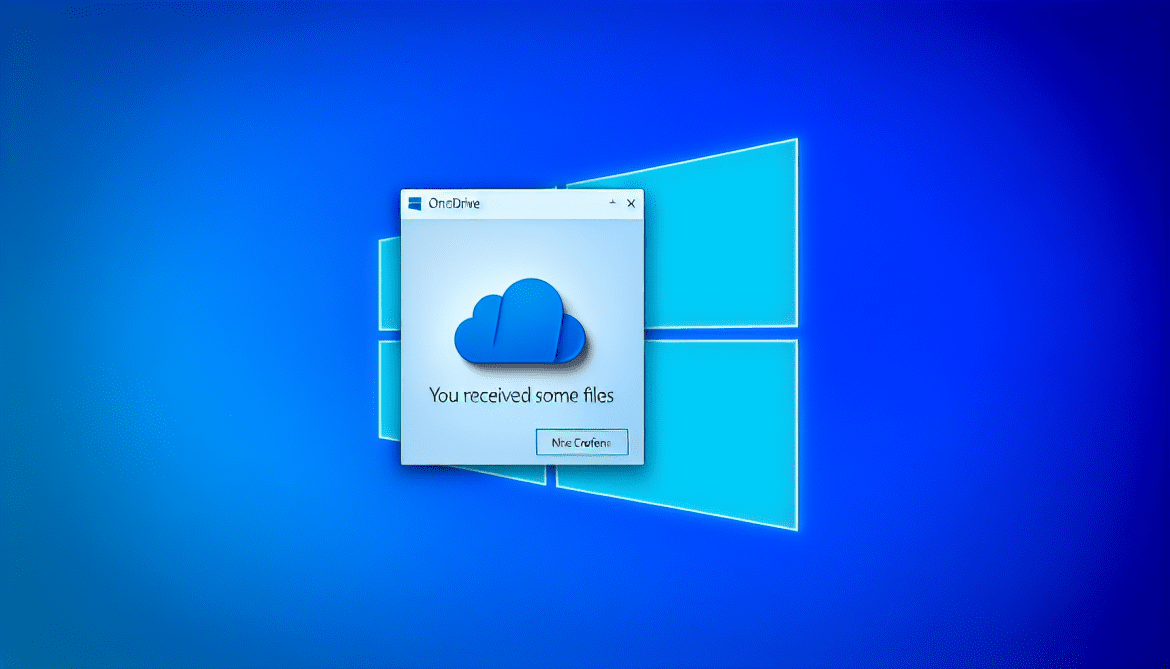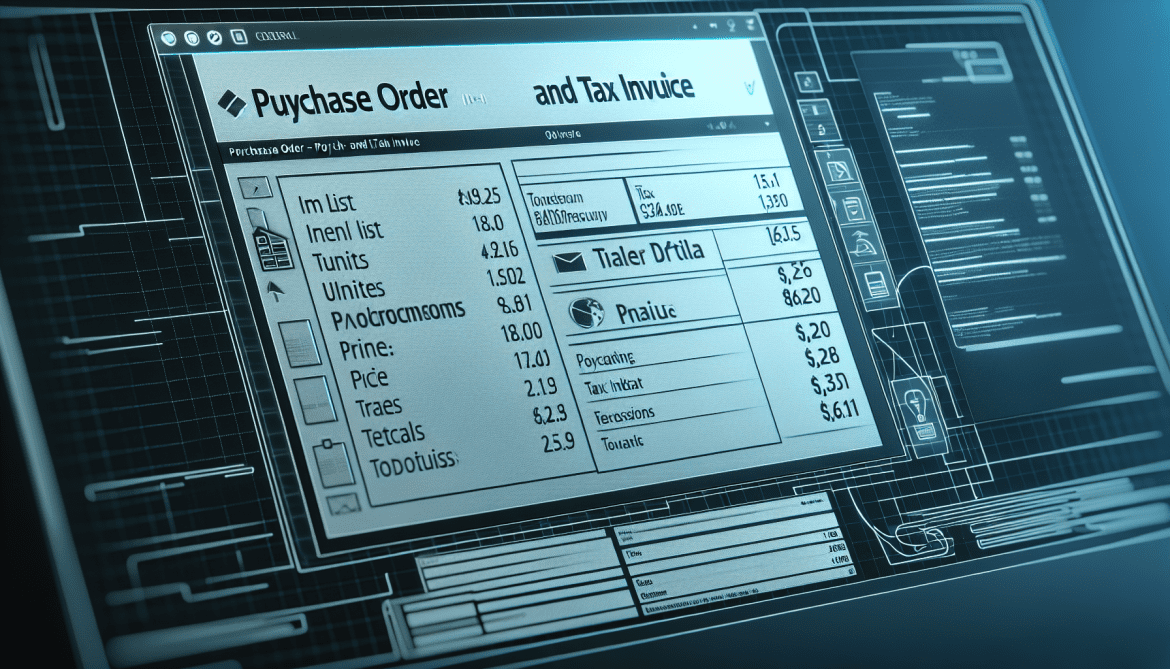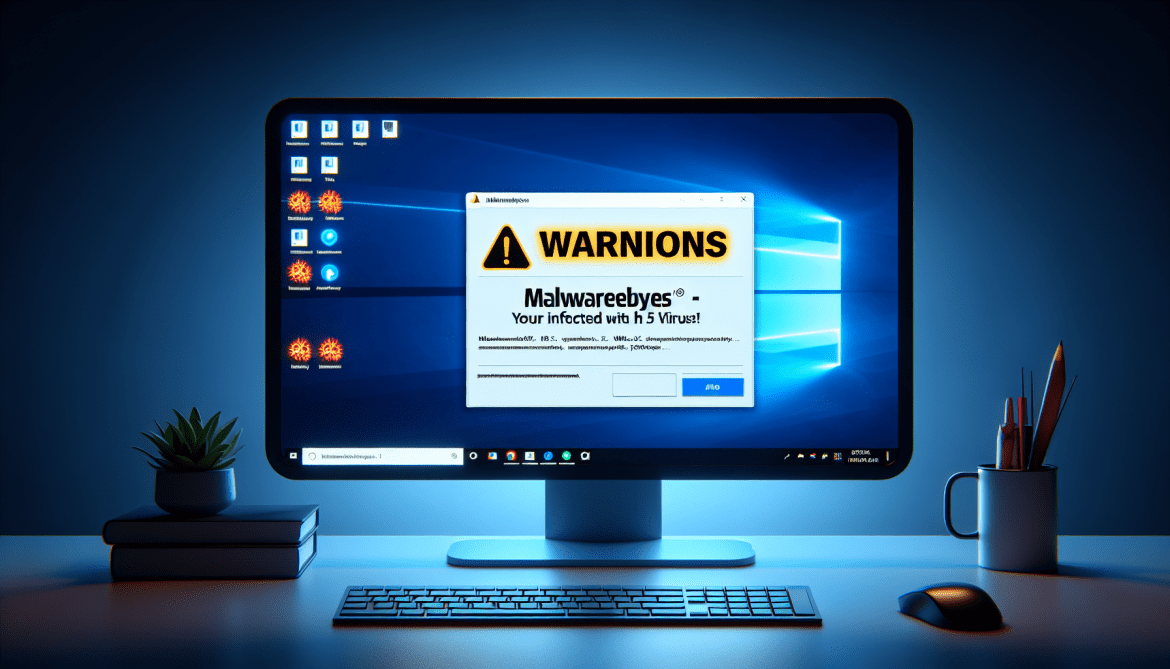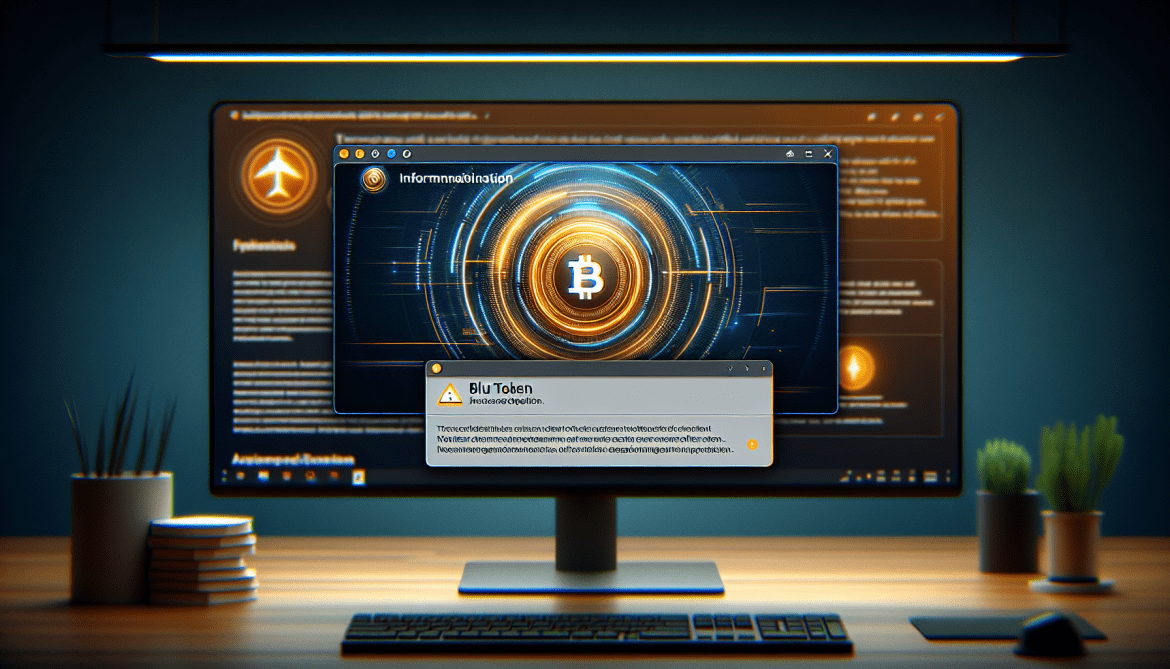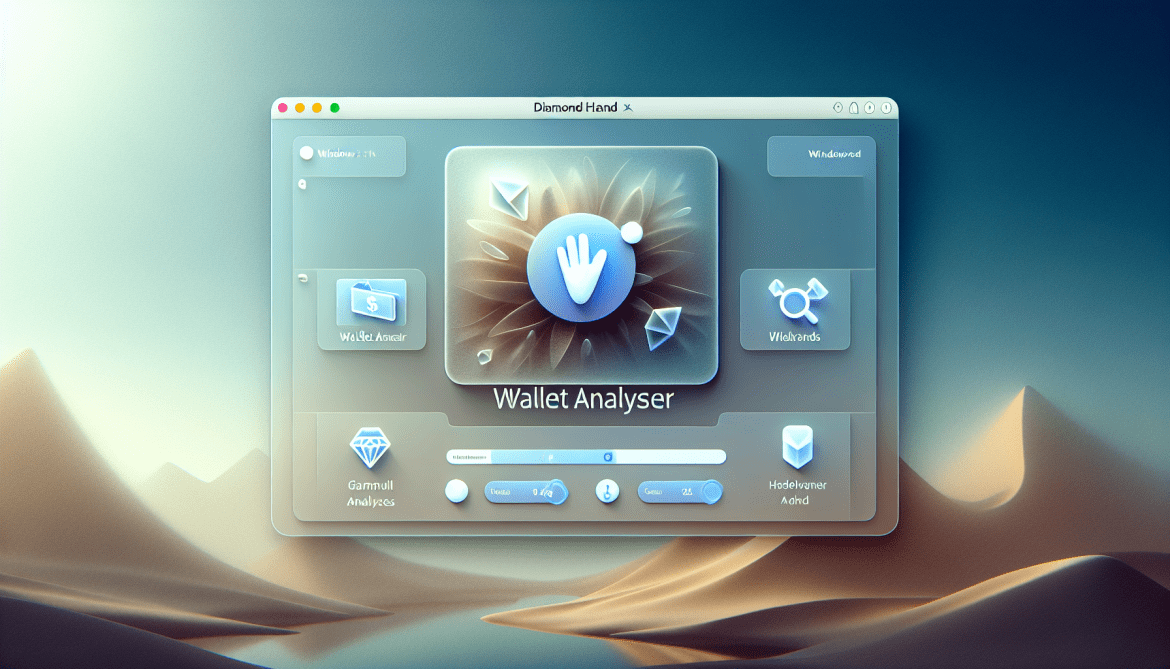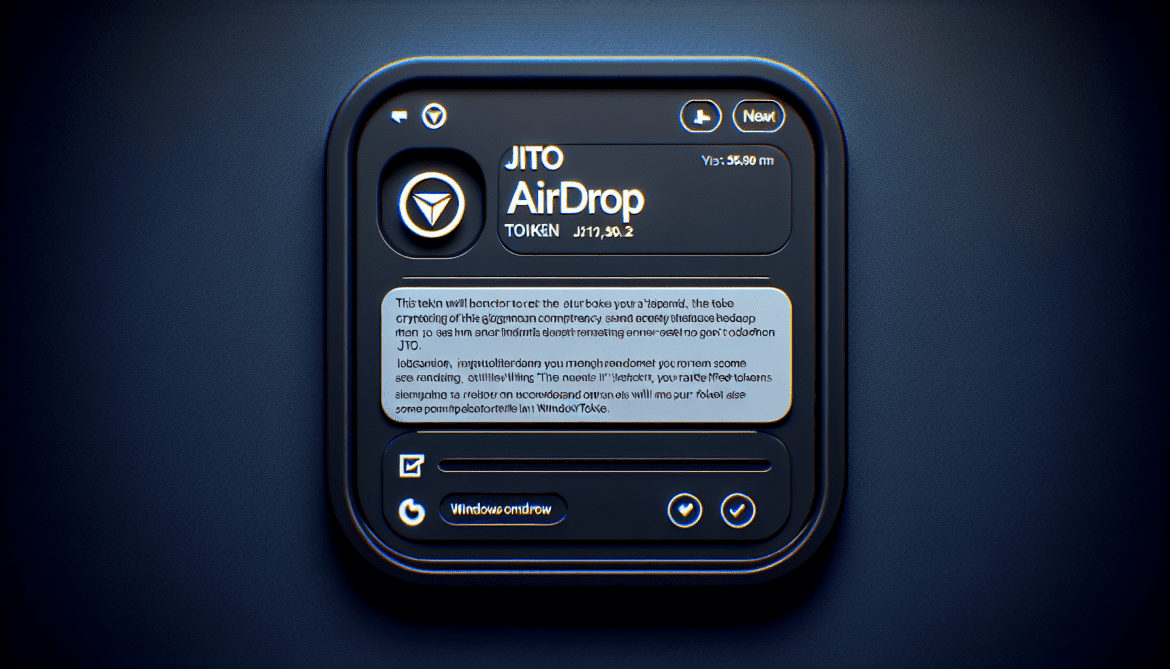Layer Bank MANTA Airdrop is a term that is often associated with online scams or fraudulent activities. It usually appears as a pop-up or notification in web browsers, claiming to offer a free airdrop of a cryptocurrency called MANTA. The airdrop is supposedly conducted by Layer Bank, which may sound like a legitimate financial institution, but in reality, it is a deceptive tactic used by scammers to trick unsuspecting users into providing their personal information or downloading malicious software.
These pop-ups can be quite convincing, using attractive offers and promises of easy money to lure users into clicking on them. Once clicked, users may be directed to fake websites that resemble legitimate cryptocurrency platforms or asked to provide personal information such as email addresses, passwords, or even financial details. The scammers can then use this information for identity theft, phishing attacks, or unauthorized access to users’ accounts.
It is important to be cautious when encountering such pop-ups or notifications, as they are typically part of online scams. Users should avoid interacting with them and refrain from providing any personal information. It is also recommended to have reliable antivirus software installed and regularly updated to protect against these types of scams.

